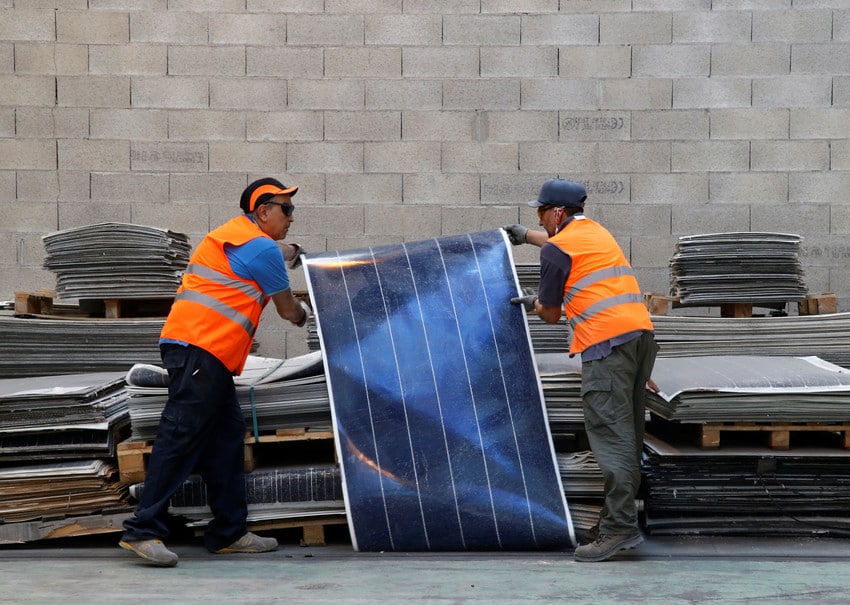Australia has just surpassed 3 million rooftop solar installations, cementing our position as a world-leader in the uptake of solar power.
For many Aussies, the environmental benefits of solar is one of the big reasons for installing it. So a question many potential solar owners have is what will happen to their solar panels, inverters and batteries at the end of their life?
How to dispose of solar panels, inverters and batteries
Like your mobile phone, laptop and many home appliances, solar system components are considered e-waste in Victoria.
This means they’re banned from landfill and can instead be recycled by dropping them off at an e-waste drop-off point. Alternatively, you can contact your local council or take advantage of recycling services like Ecoactiv.
Solar recycling now and into the future
Solar panels, with an average lifespan of 20-25 years, can be recycled and there are a number of services doing this. But according to Sustainability Victoria, currently only up to around 17% of the panel’s weight can be recycled.
The management of solar waste also varies between each state and territory, however a national approach is currently being worked on. You can learn more about the nation-wide approach here.
This may be industry-led (the industry would voluntarily work to reduce the impact their products have on the environment), government-led (a mandatory product stewardship managed by the federal government would require certain parties to take action) or a combination of both.
Despite no formal obligation being in place yet, some solar manufacturers, including those we work with here at Solar Flow, are already concentrating on reducing their environmental impact.
Is it worth getting solar now or should you wait until recycling improves?
If you’re motivated to get solar for environmental reasons, are you better off waiting until recycling processes improve?
There are a couple of things to consider here.
‘Embodied energy’ refers to the energy that was used to produce a product, from raw materials in the ground to a finished product. In weighing up the environmental impact of solar, you can consider the embodied energy of a solar panel vs how long the panel would take to produce that same amount of energy.
Once installed, it generally takes up to 1-2 years for a solar panel to recover the amount of energy it took to create it. And after those first couple of years, your panels will likely then sit on your roof for another 20+ years generating clean solar power.
Ultimately, the sooner you install solar the sooner you’ll start generating clean solar power to replace the coal-based energy you would otherwise need to buy from your power company. And with such a 20+ year lifespan, you’ll have a couple of decades for solar recycling technology to catch up before you need to dispose of your solar panels.
